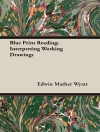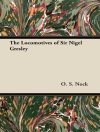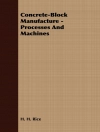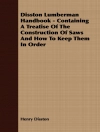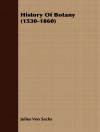This book shows that the plasmodium of Physarum polycephalum can be considered a natural labelled transition system, and based on this, it proposes high-level programming models for controlling the plasmodium behaviour. The presented programming is a form of pure behaviourism: the authors consider the possibility of simulating all basic stimulus–reaction relations. As plasmodium is a good experimental medium for behaviouristic models, the book applies the programming tools for modelling plasmodia as unconventional computers in different behavioural sciences based on studying the stimulus–reaction relations. The authors examine these relations within the framework of a bio-inspired game theory on plasmodia they have developed i.e. within an experimental game theory, where, on the one hand, all basic definitions are verified in experiments with Physarum polycephalum and Badhamia utricularis and, on the other hand, all basic algorithms are implemented in the object-oriented language for simulations of plasmodia. The results allow the authors to propose that the plasmodium can be a model for concurrent games and context-based games.
Содержание
Introduction.- Natural Labelled Transition Systems and Physarum Spatial Logic.- Decision Logics and Physarum Machines.- Petri Net Models of Plasmodium Propagation.- Rough Set Based Descriptions of Plasmodium Propagation.- Non-well-Foundedness.- Physarum Language.- p-Adic Valued Logic.- p-Adic Valued Arithmetic Gates.- The Rudiments of Physarum Games.- Physarum Go Games and Rough Sets of Payoffs.- Interfaces in a Game-Theoretic Setting for Controlling the Physarum Motions.- Conclusions.






